Oracle TimesTen
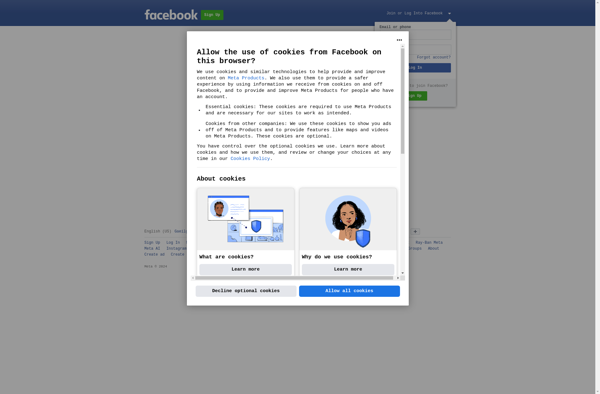
Oracle TimesTen: High-Performance In-Memory Database
Oracle TimesTen is an in-memory, relational database optimized for performance-critical applications, providing fast access to frequently updated data and ACID-compliant transactions.
What is Oracle TimesTen?
Oracle TimesTen is an in-memory, relational database management system that is designed to improve application performance and reduce system overhead for transaction-intensive applications. Unlike traditional disk-based relational databases, TimesTen holds databases fully in physical memory to avoid disk I/O delays during transactions.
Key features of TimesTen include:
- Extreme performance - By eliminating disk I/O, TimesTen can provide very low predictable response and throughput times measured in microseconds.
- Memory optimizations - TimesTen uses advanced memory and disk management to optimize memory utilization.
- SQL support - Applications can interact with TimesTen using standard SQL interfaces like JDBC, ODBC, and Pro*C.
- Recoverability - TimesTen databases can persist to disk for disaster recovery. Transactions are logged for reliable recovery after any planned or unplanned shutdown.
- Integration - TimesTen works seamlessly with Oracle Database for a high-performance transactional data store.
In summary, TimesTen is designed to boost transaction throughput and reduce latency for time-sensitive applications that require real-time responsiveness. Its in-memory architecture makes it well-suited for telecom, financial trading, gaming, and other high volume workloads.
Oracle TimesTen Features
Features
- In-memory database for low latency
- Persistence for durability and recovery
- SQL support for relational data
- Integration with Oracle Database
- Support for mobile and embedded systems
Pricing
- Subscription-Based
- Pay-As-You-Go
Pros
Cons
Reviews & Ratings
Login to ReviewThe Best Oracle TimesTen Alternatives
Top Databases and In-Memory Databases and other similar apps like Oracle TimesTen
Here are some alternatives to Oracle TimesTen:
Suggest an alternative ❐SQLite
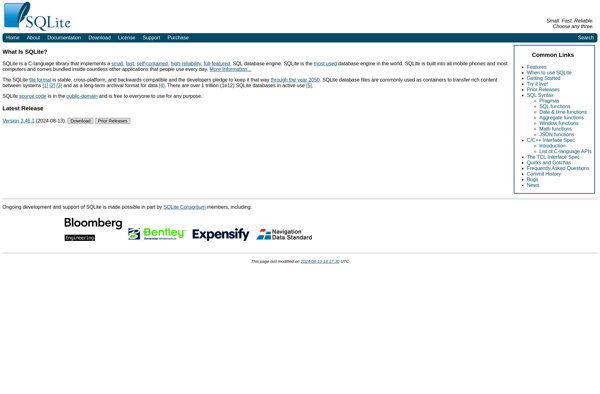
MongoDB
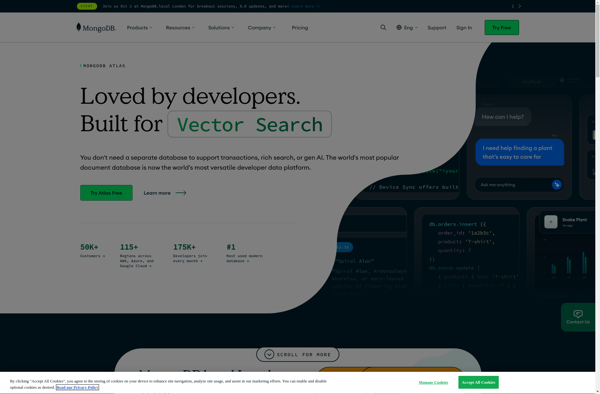
PostgreSQL
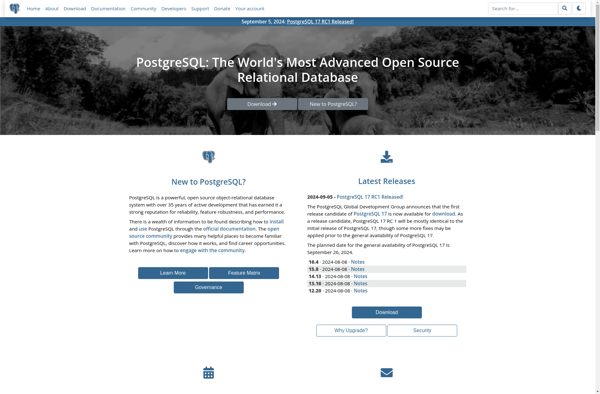
MySQL Community Edition
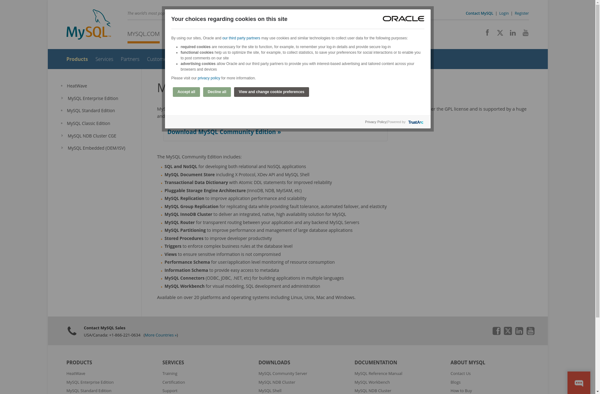
CockroachDB
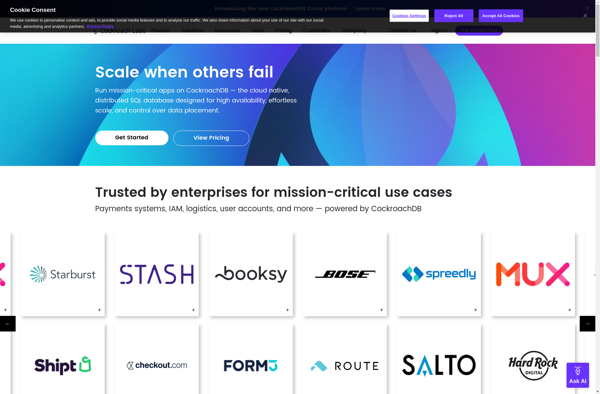
Microsoft SQL Server
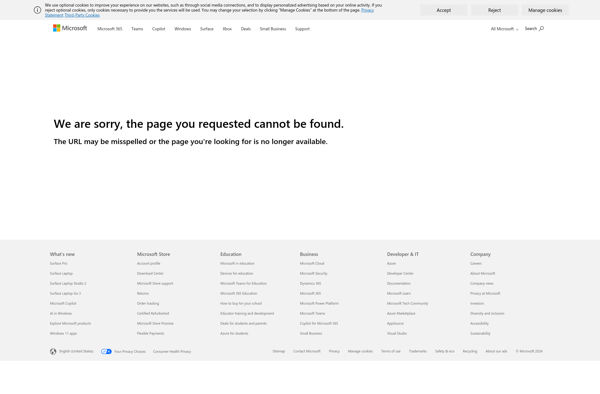
Oracle Database
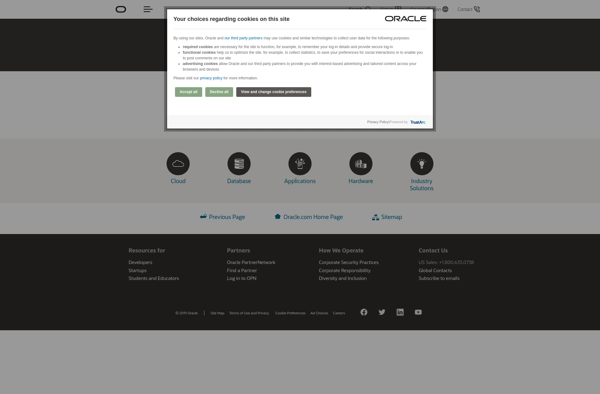
RethinkDB

Azure Cosmos DB
SAP Easy DMS
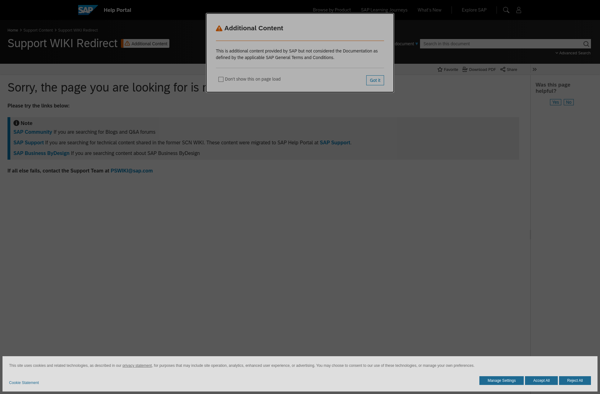
EdgeDB
